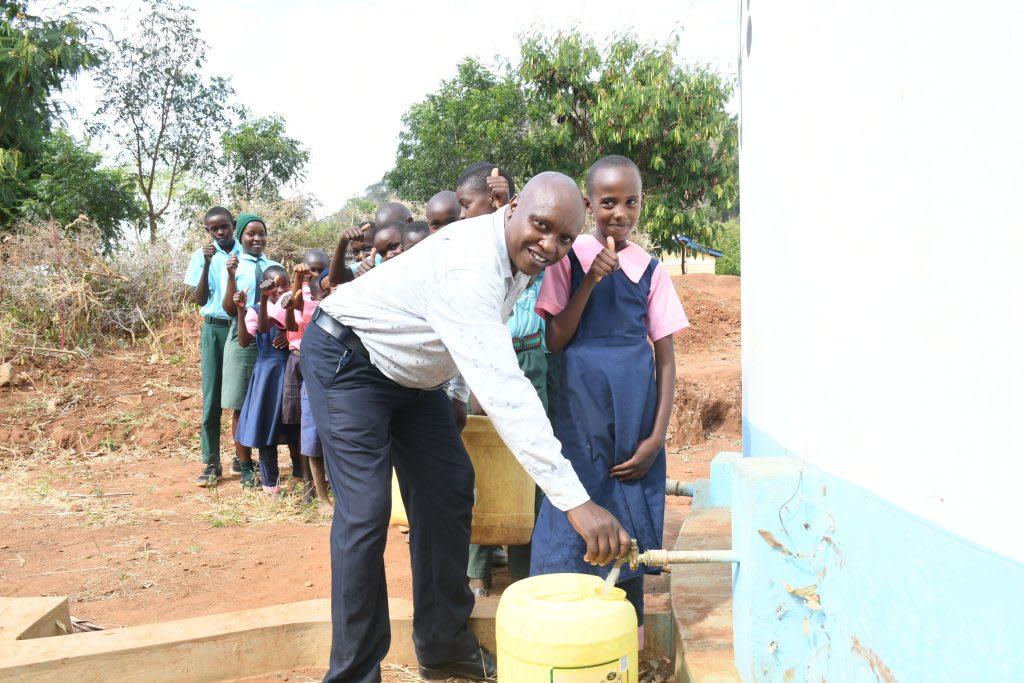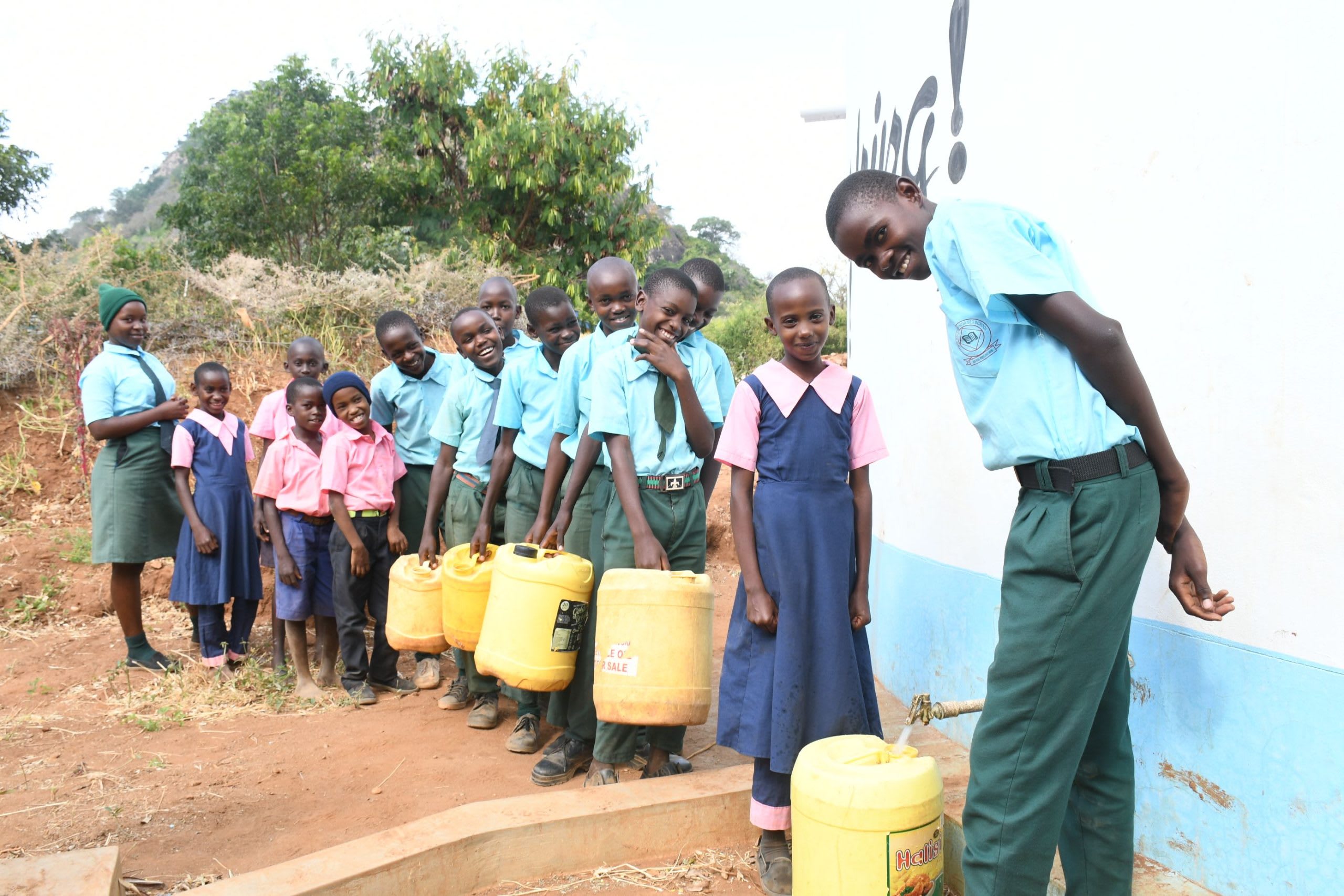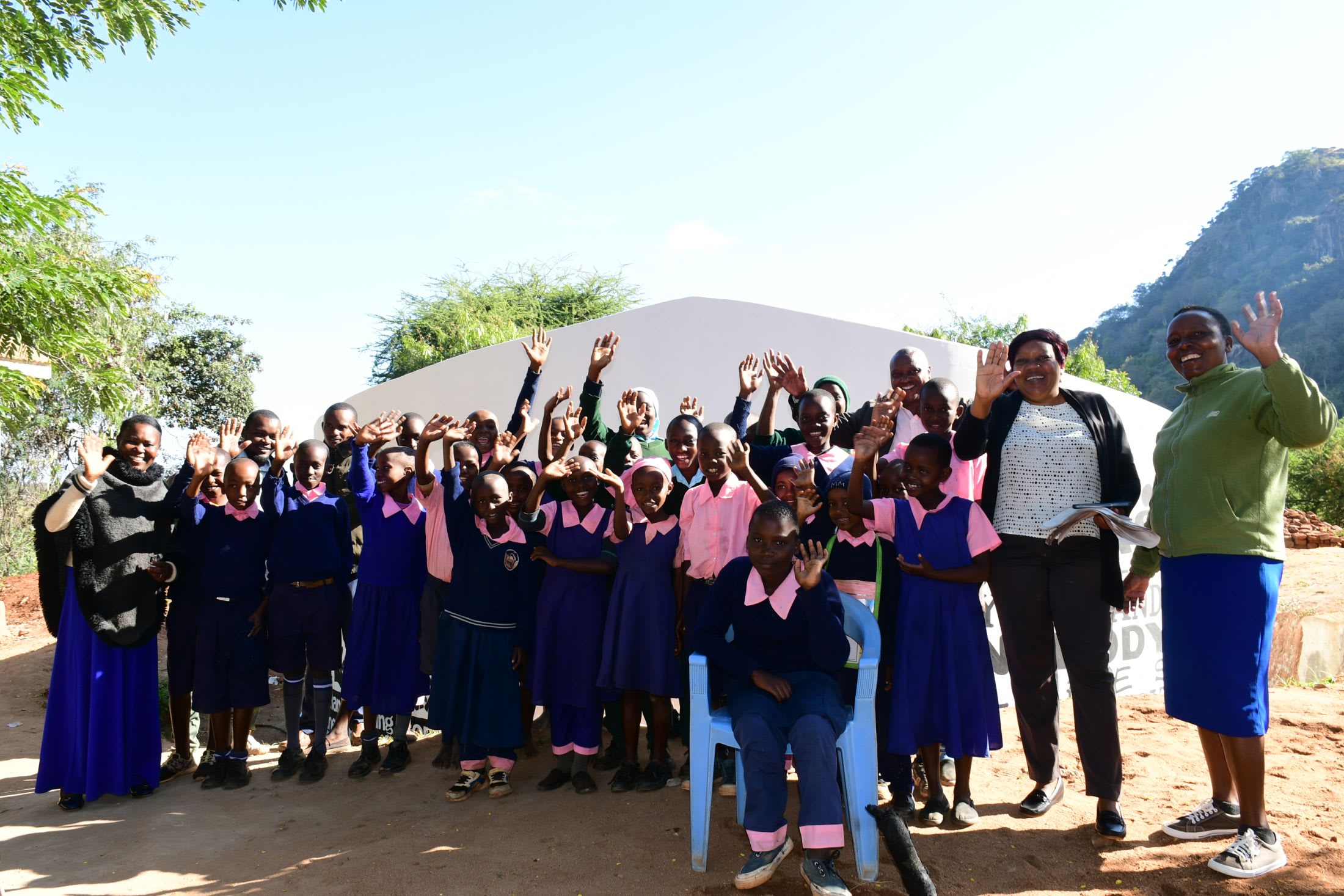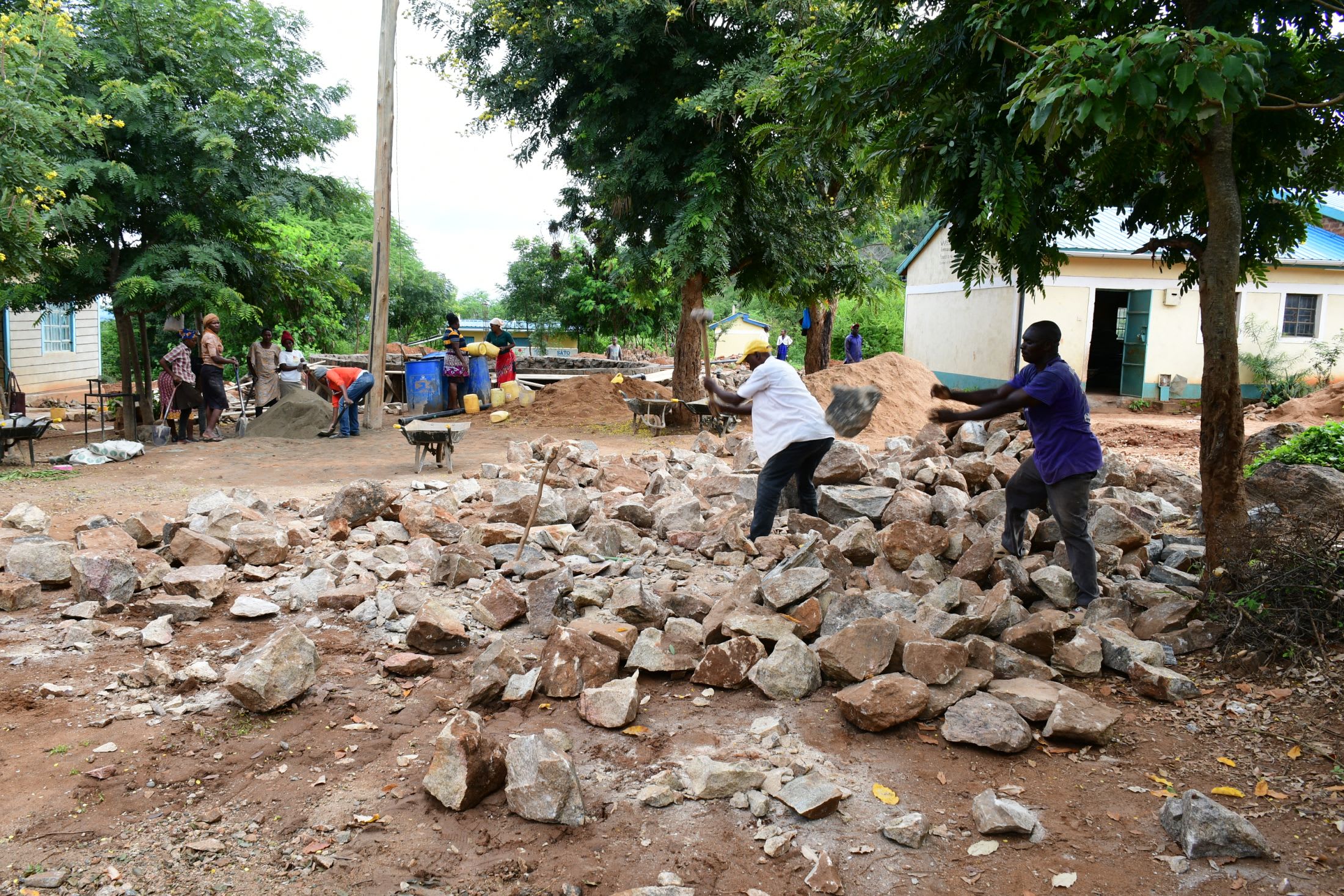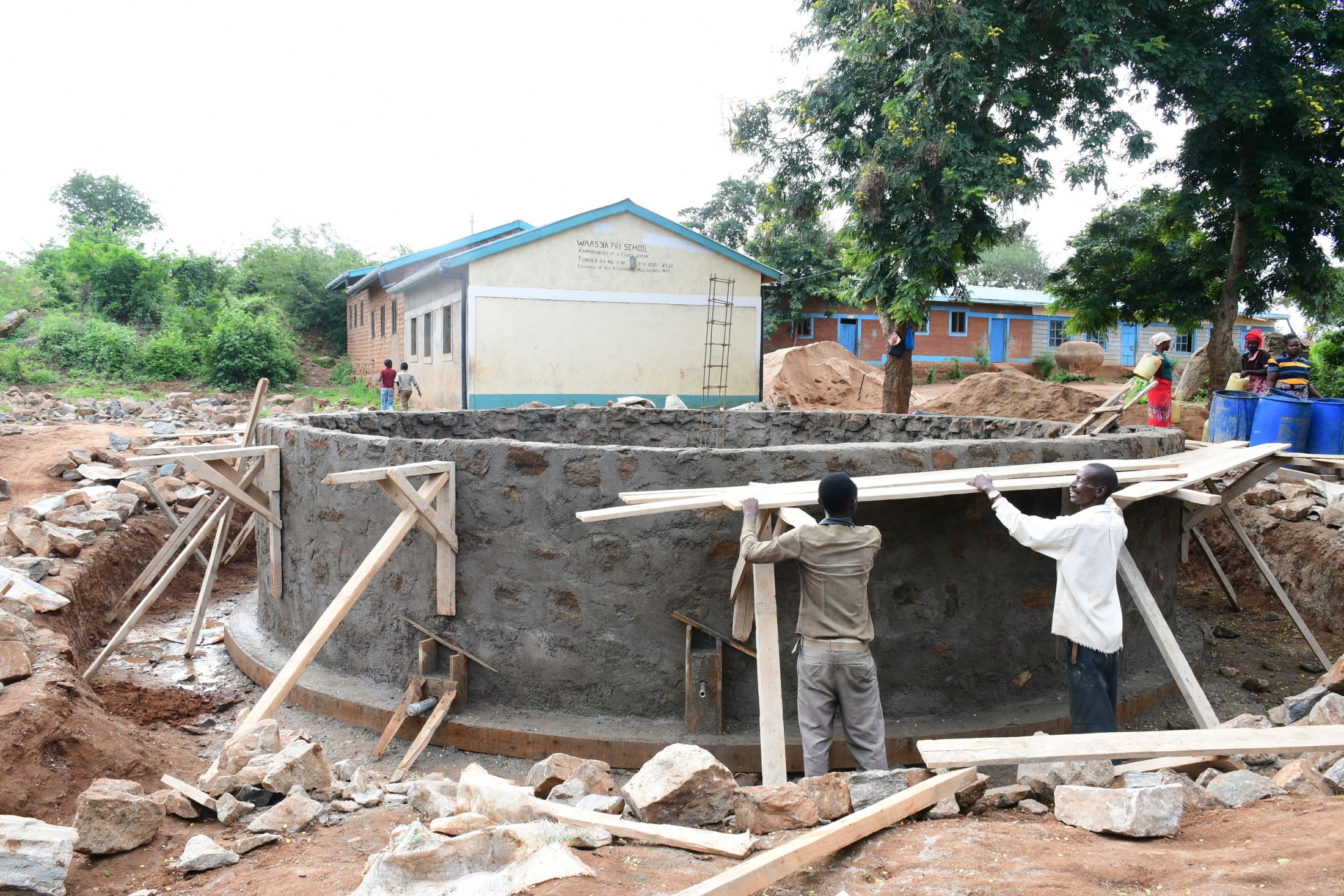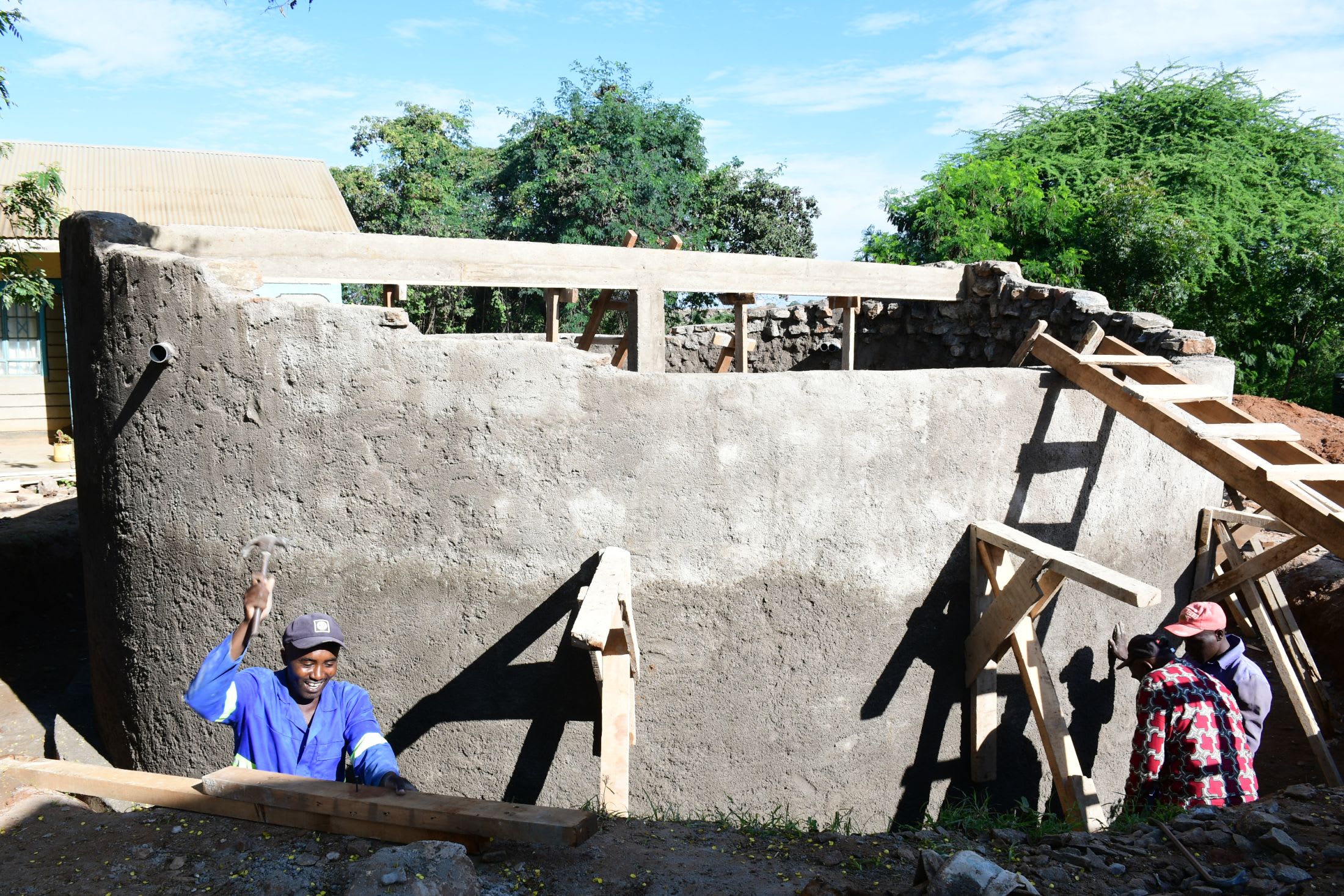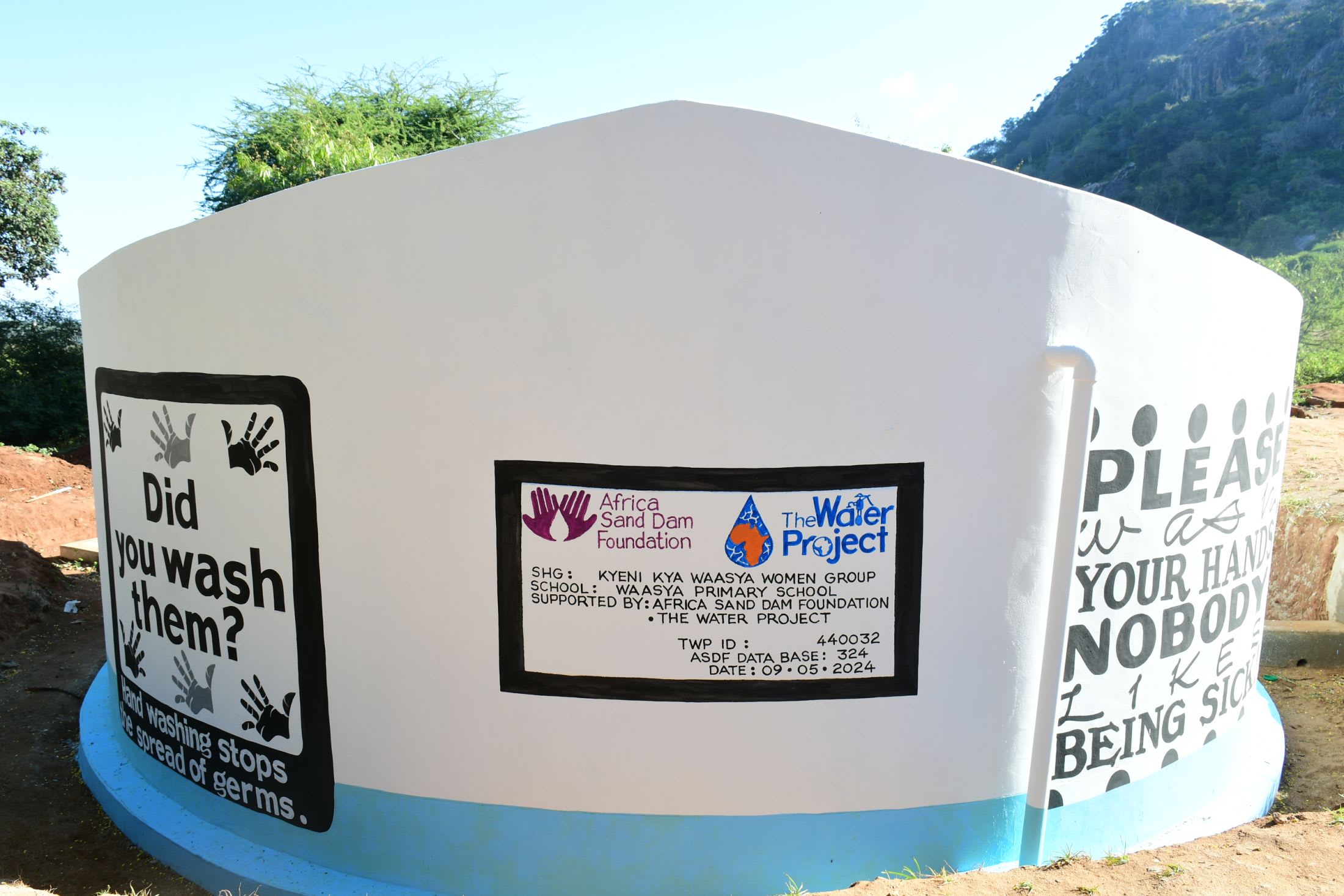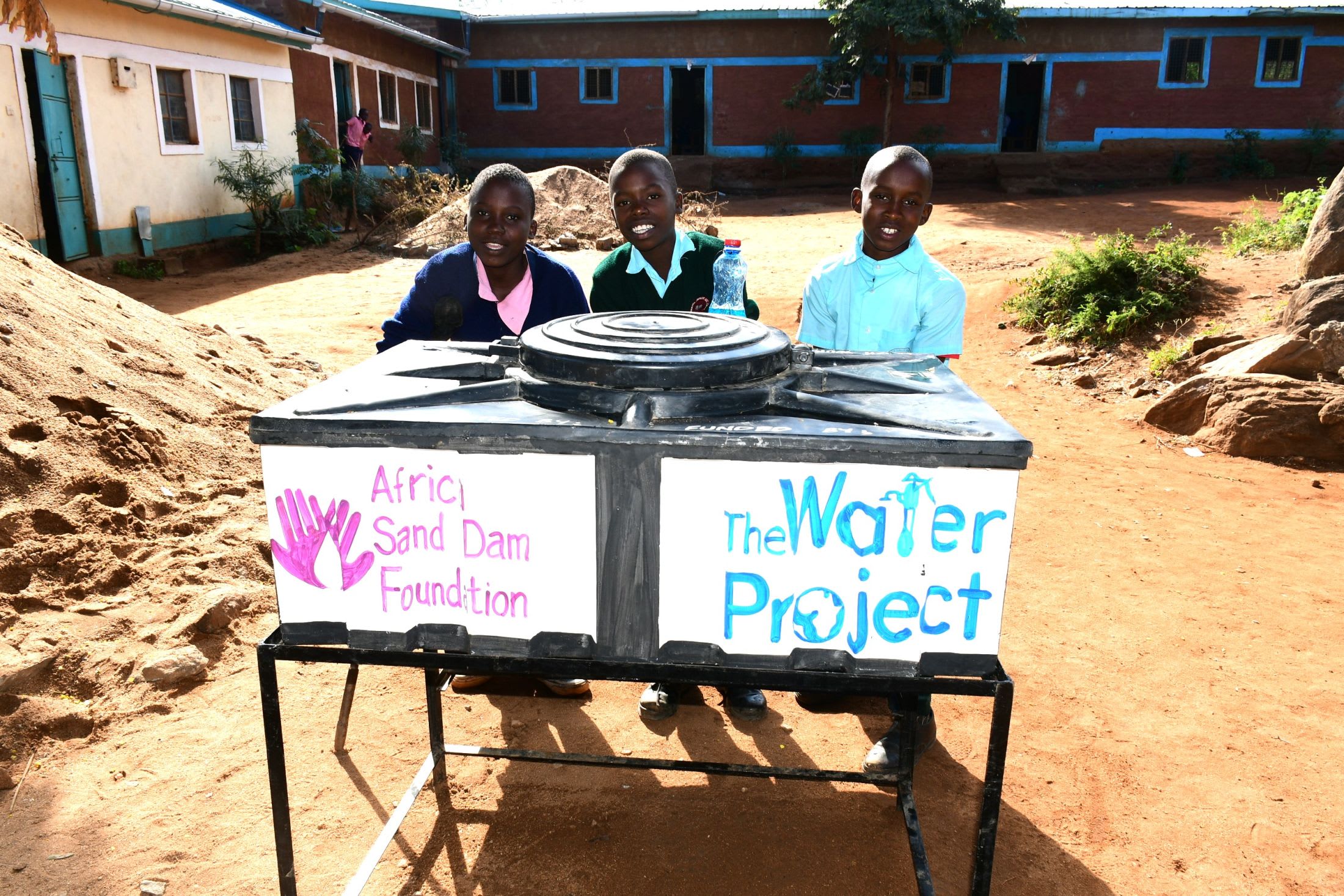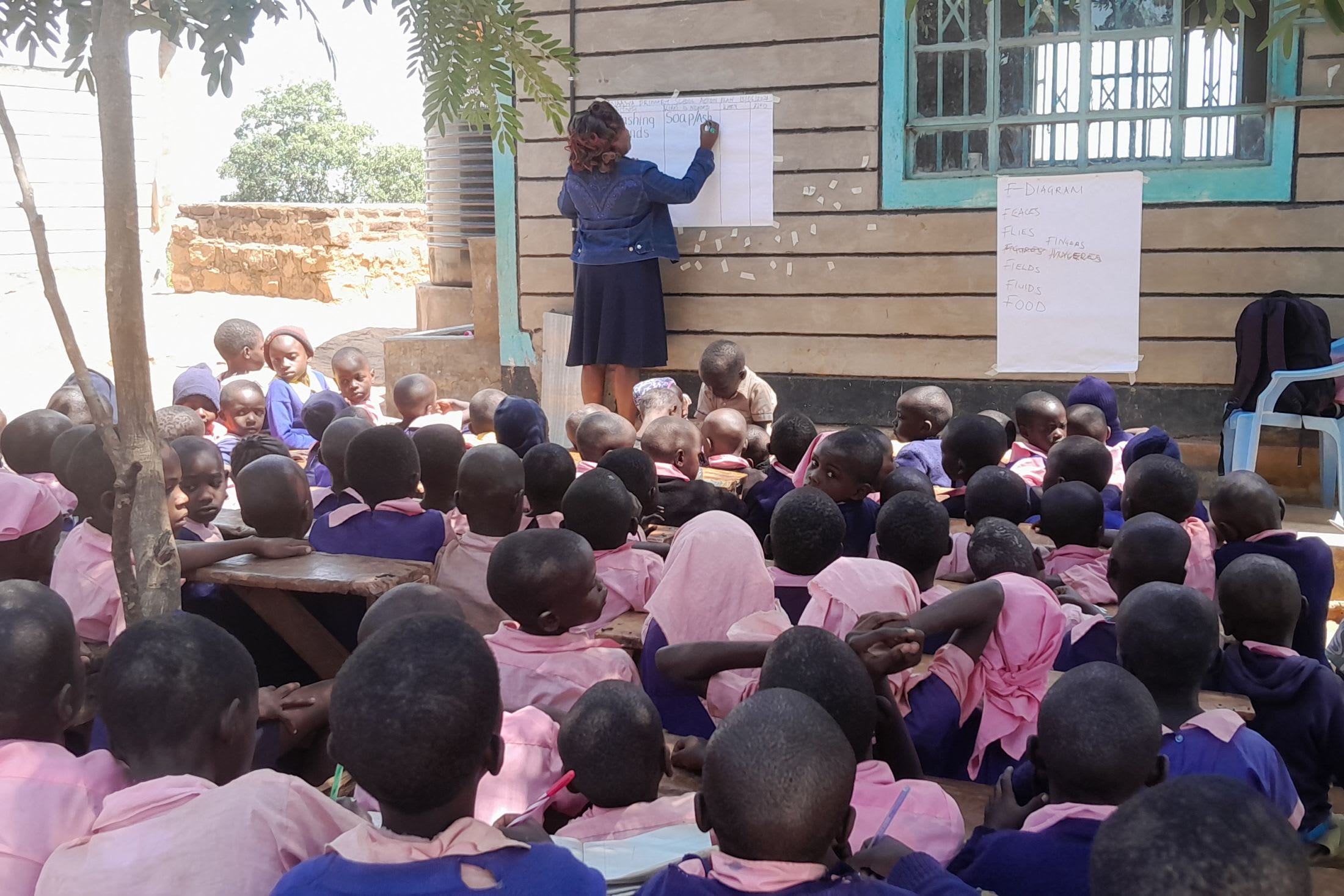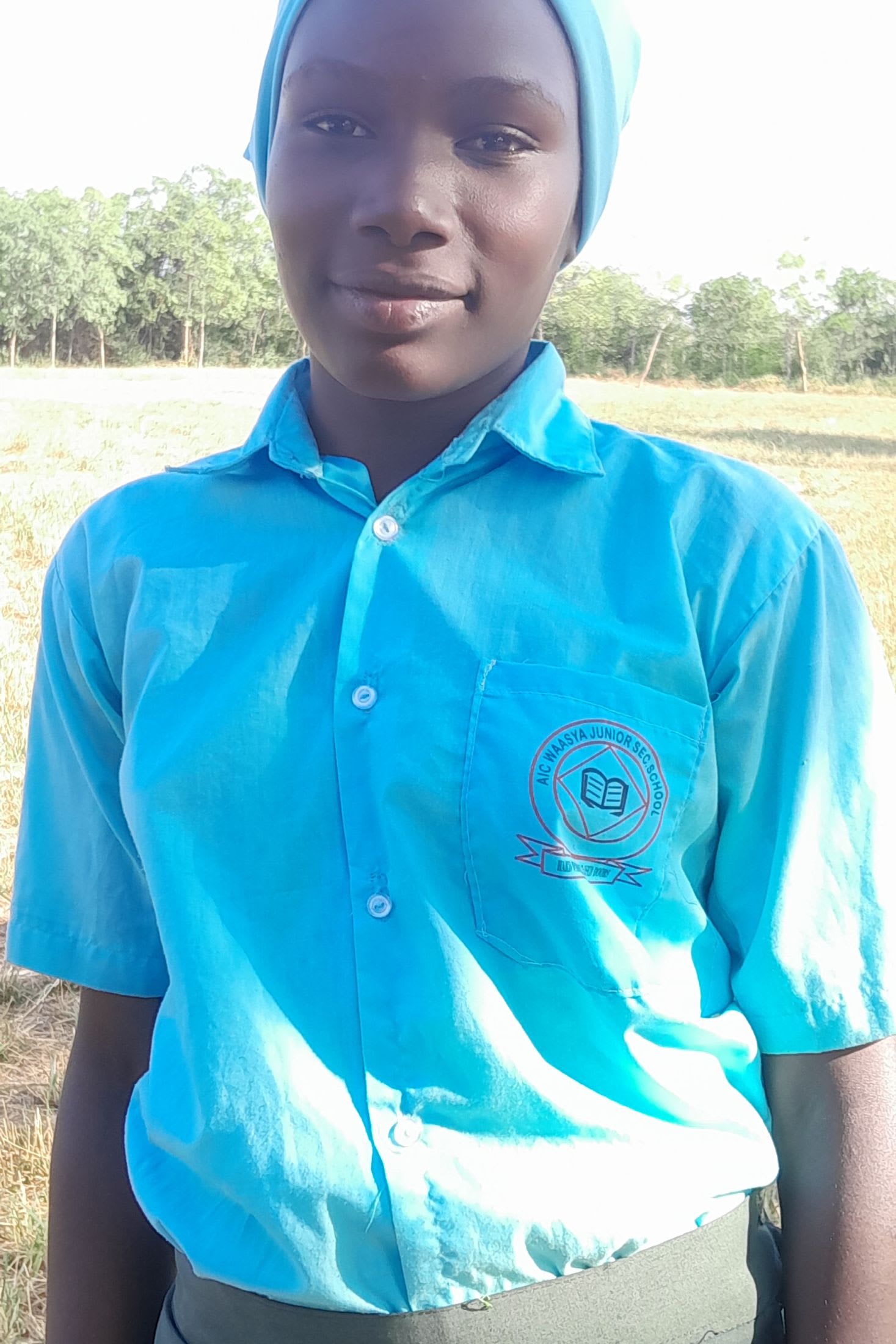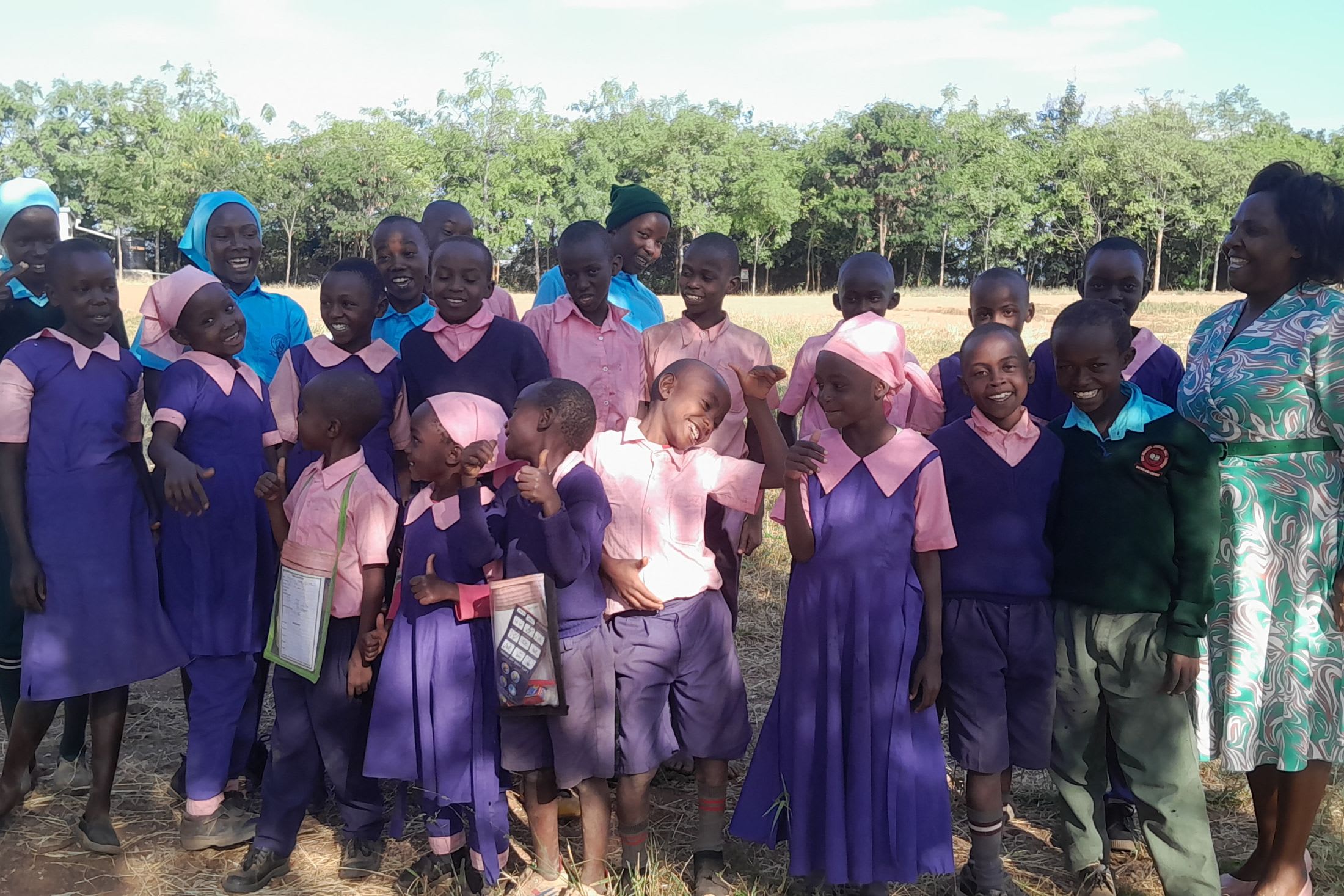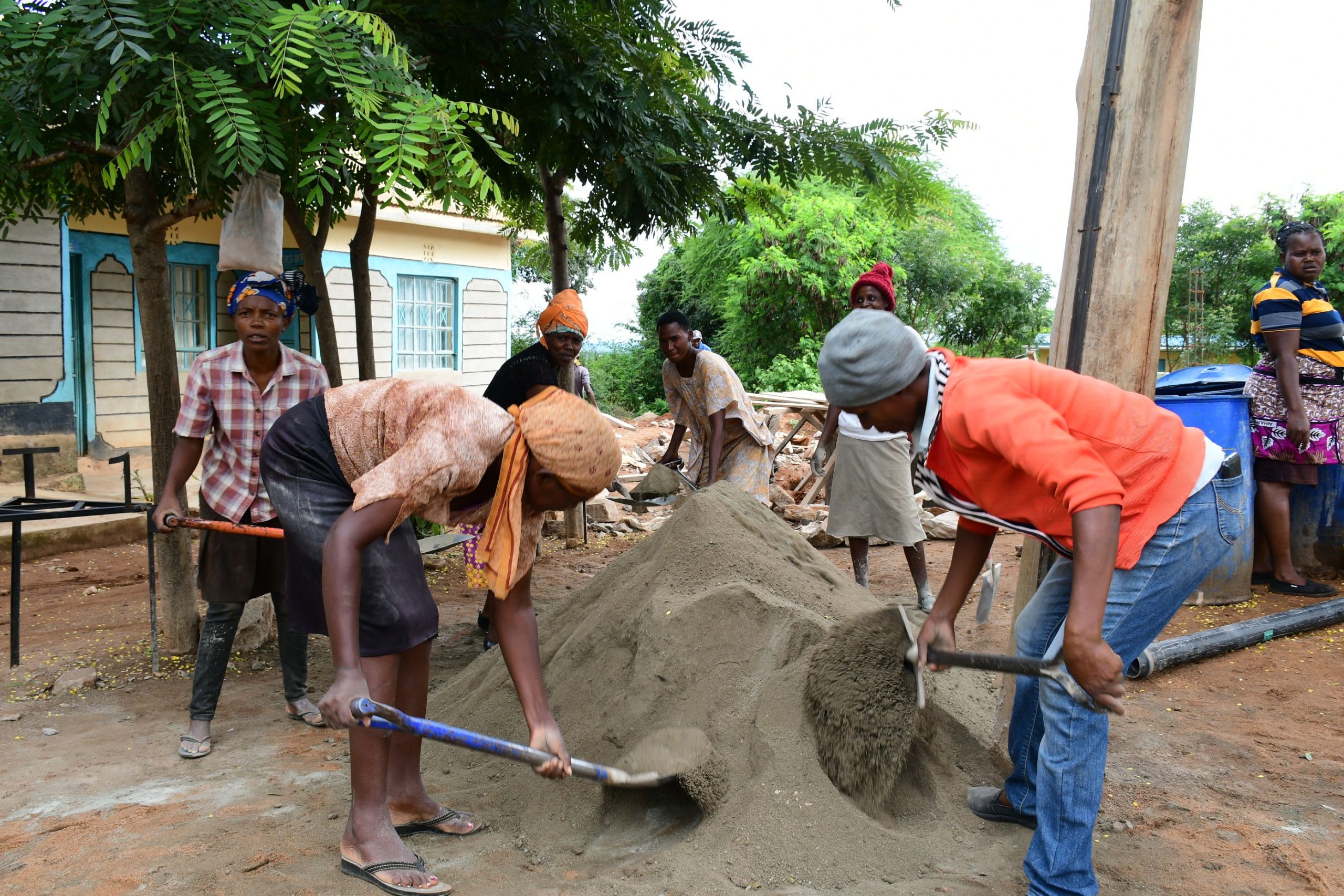In the Waasya Primary School, the 273 staff members and students cannot meet their most basic water needs. Their rain tanks on the campus are alarmingly insufficient, forcing students to bring water in from unknown and unsafe sources.
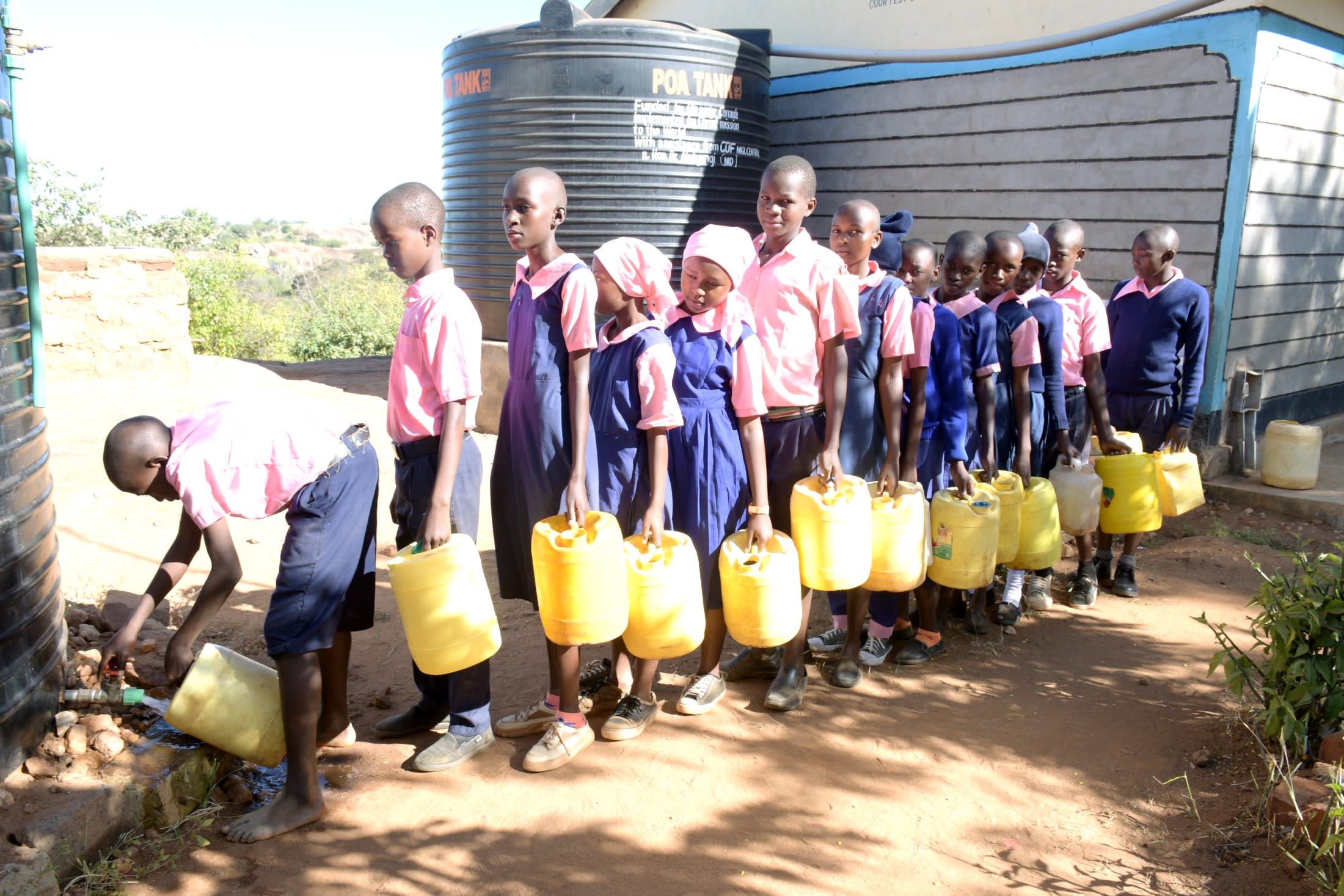
The school's rain tanks are too small, so when it rains, not enough is collected to provide for the school throughout the drought season. When there isn't enough water, students' meals cannot be prepared, classroom environments are left unclean, and students and staff alike are often unable to quench their thirst.
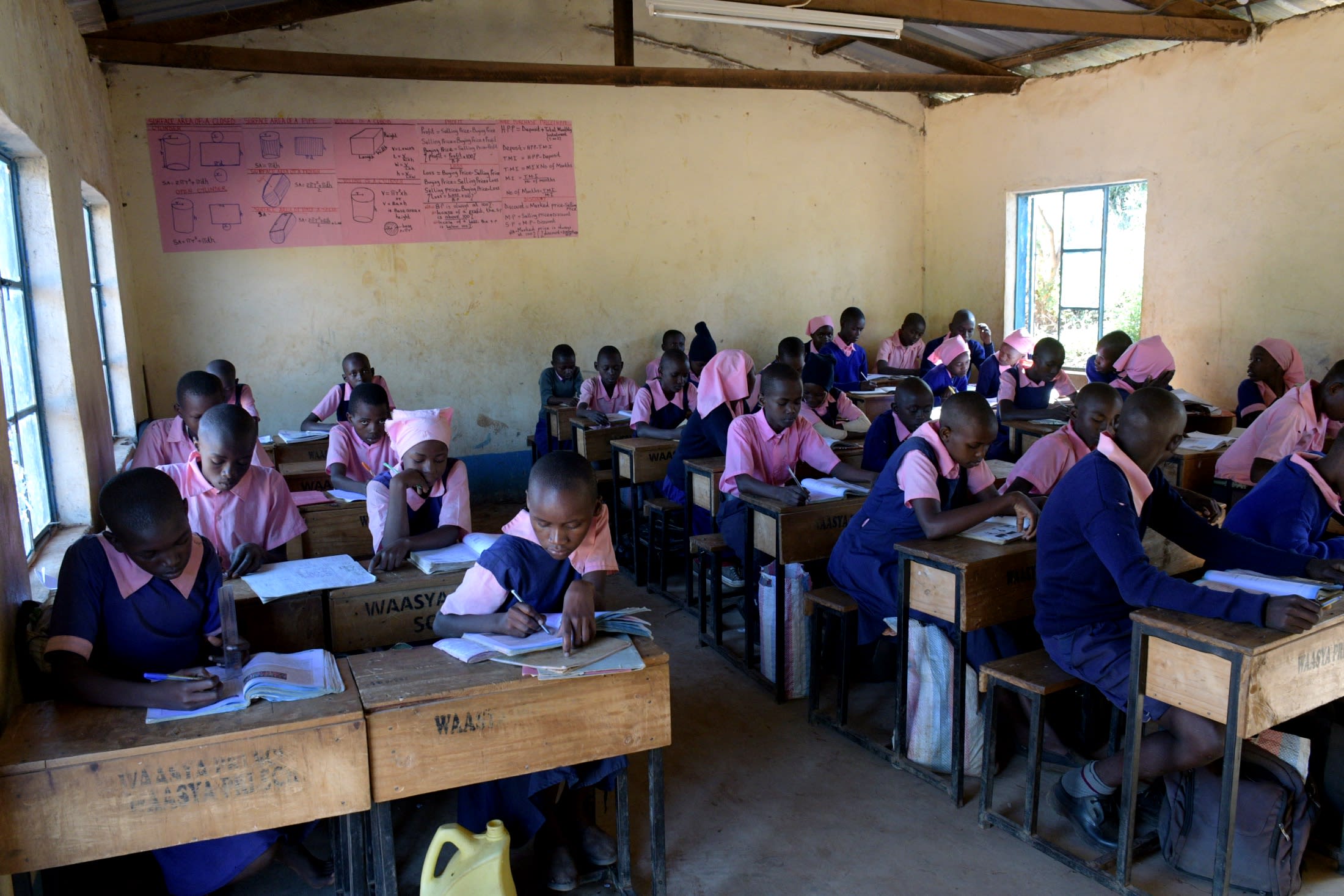
"Since I joined this school, I have seen struggles, very serious struggles. Water plays a major role in [the] education of children. Whenever pupils here lack water, I feel indebted because it affects me and triggers my humanity. I cannot teach thirsty pupils; neither can another teacher do so. I am hoping for better days when water shall be ever available, and education shall be flowing like water in a glass," said 47-year-old teacher Jeddah Makau (shown below).
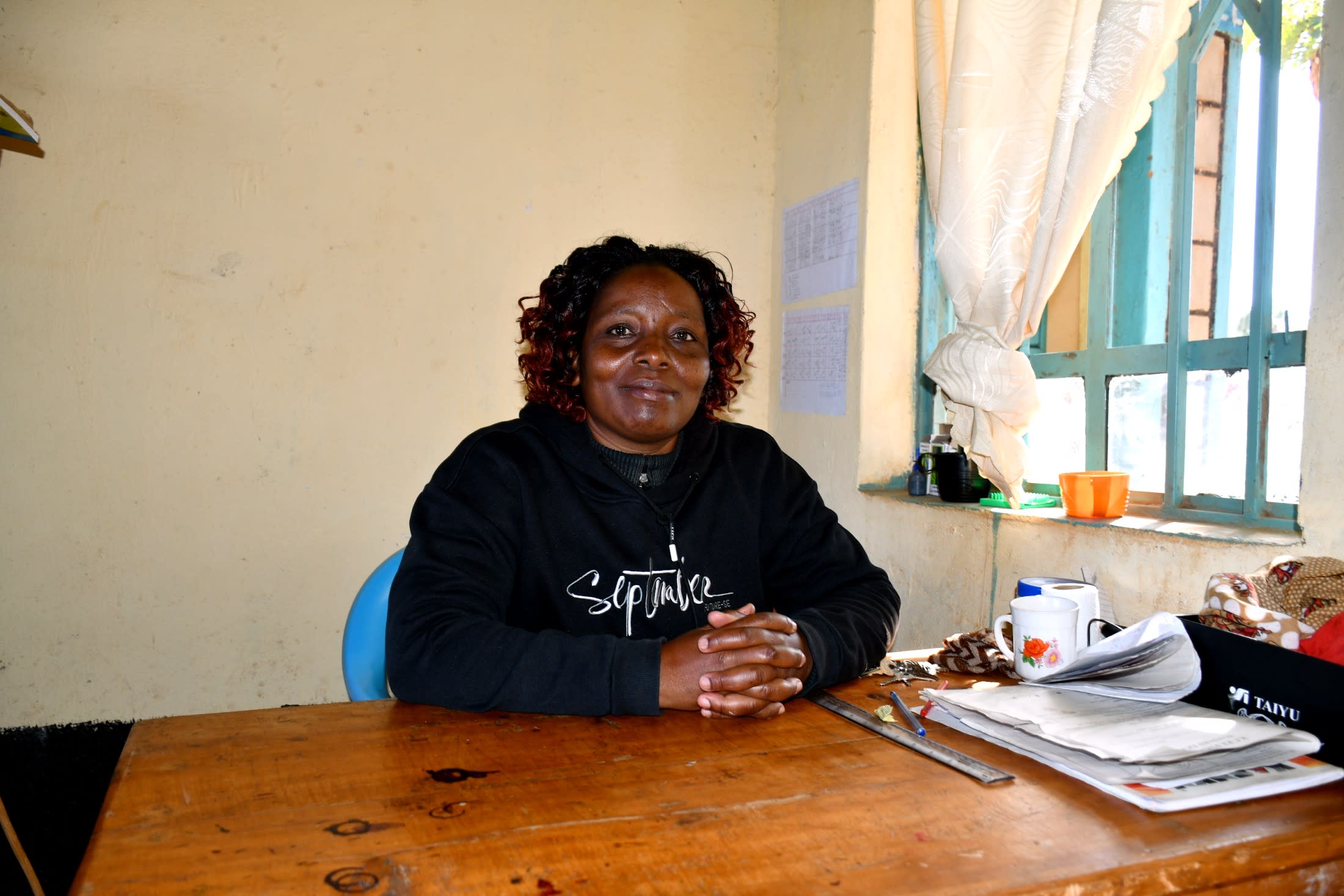
When water runs out at the school, students are burdened with the responsibility of bringing water to school. Because the water crisis extends beyond the bounds of the school campus, children who search for water often only find unsafe, contaminated sources.
Field Officer Jefferson Mutie shared, "Health also plays a role in keeping children home from school. Kenya, like many developing nations, presents a very high risk for waterborne diseases, including bilharzia, typhoid fever, and bacterial and protozoal diarrhea. Students frequently miss class due to sicknesses contracted from the very water they have worked so hard to collect. At times, being forced to go to hospitals for checkups and treatments."
Students are facing almost insurmountable challenges to make it into their classrooms.
Fourteen-year-old Lydia M. shared her own experience. "I have been late for school due to water scarcity, which made me wake up very early to go [to] the river to fetch water to carry to school. Being late is punishable, as well as failing to bring water with me. This left [me] in a limbo of [being between a] hard place and a rock. I am hopeful to get quality education once we get water at school and achieve my dreams in a bigger and better way."
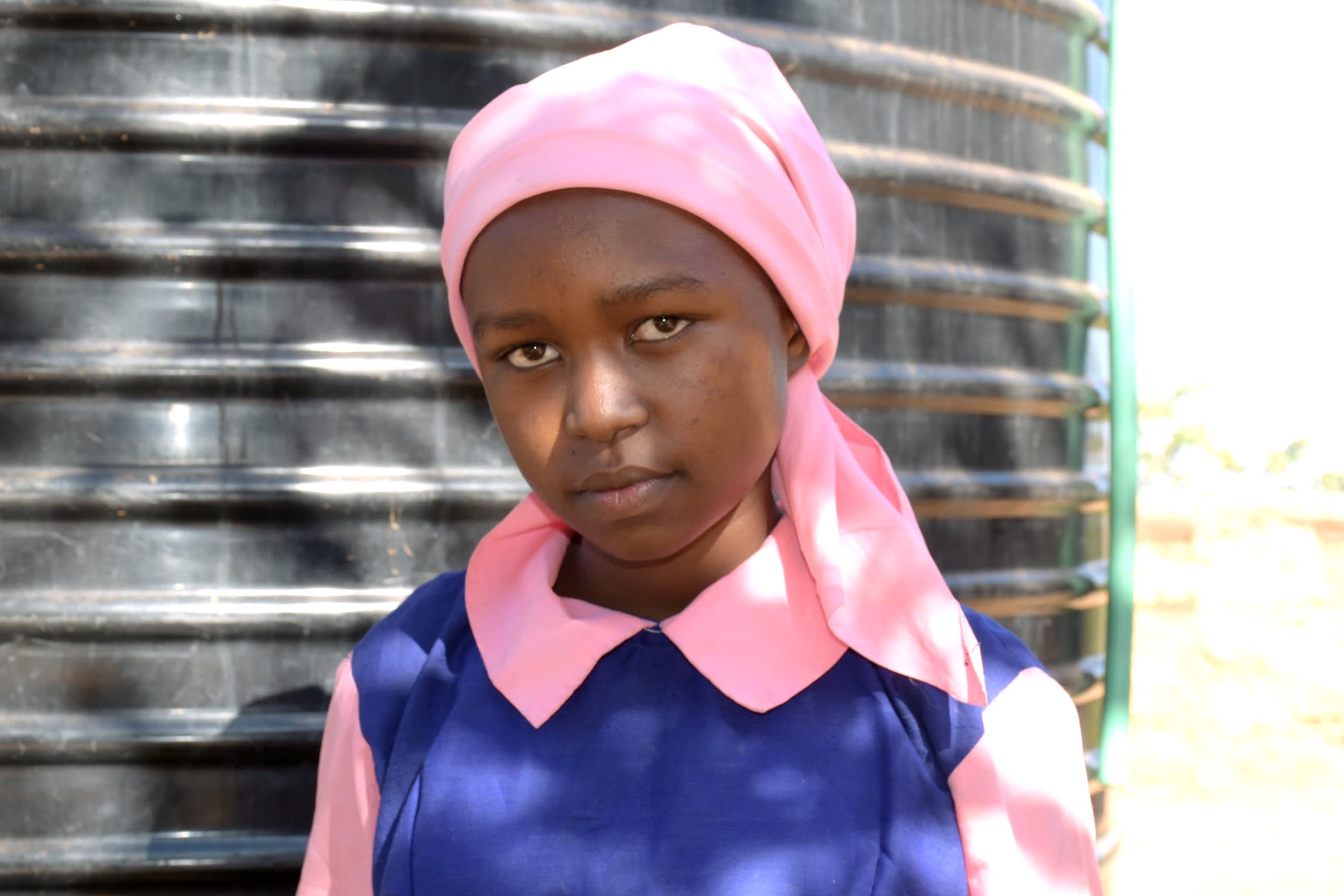
"With the odds stacked against them, many students fall so far behind in their lessons that they eventually drop out of school altogether. They know that education could provide their only pathway out of poverty, but the immediate necessity of collecting water supersedes any dream for the future," concluded Jefferson.
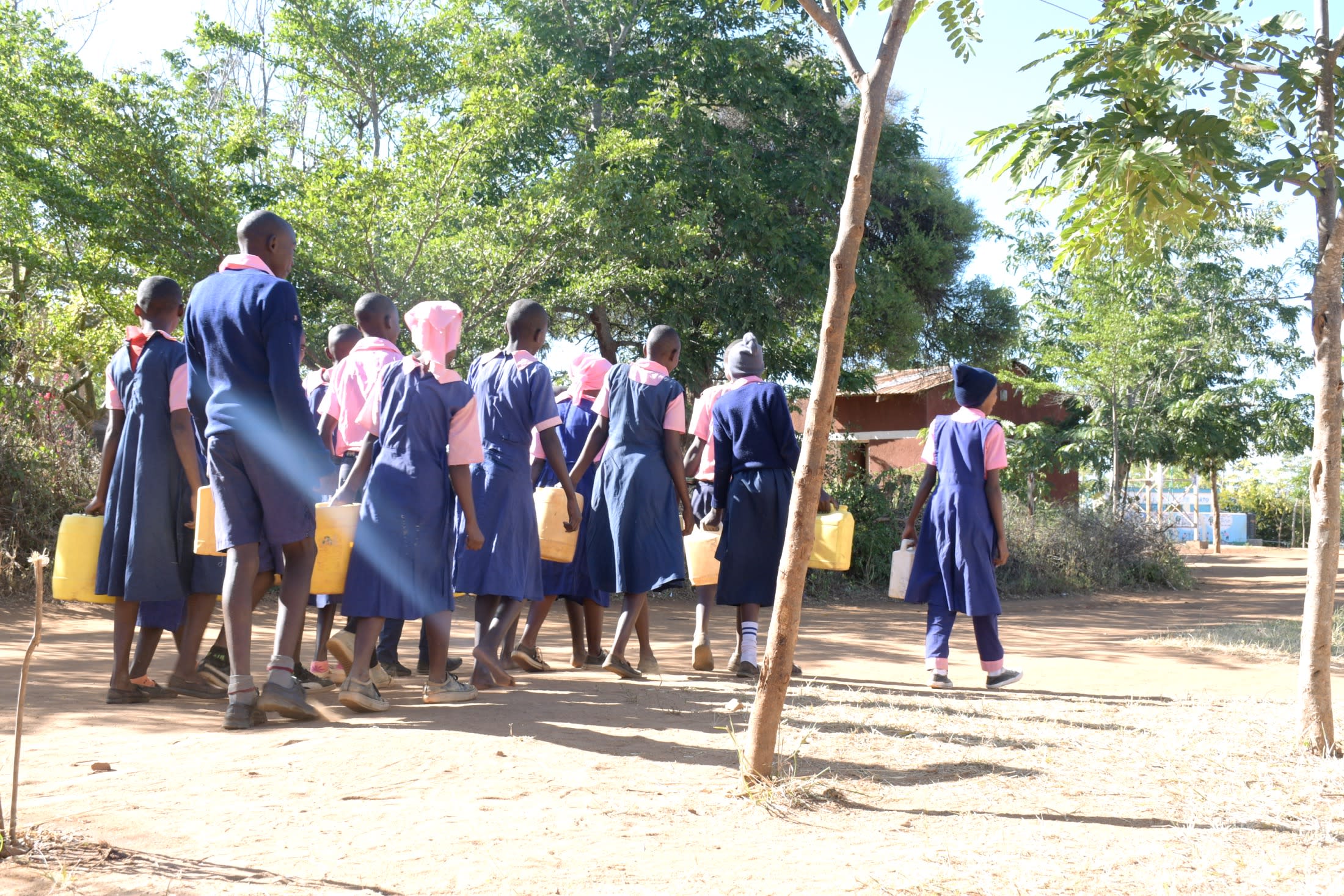
Building a rain tank with a capacity of 104,000 liters will give Waasya Primary School access to plenty of clean and accessible water. This ample supply of water will fulfill their basic needs and have a positive impact on their future. With a steady water supply, the students can concentrate on their education, and the teachers can deliver the curriculum more effectively. This will help create a brighter future.
Water at schools is unique, which is why we need unique solutions.
The Proposed Solution, Determined Together...
At The Water Project, everyone has a part in conversations and solutions. We operate in transparency, believing it benefits everyone. We expect reliability from one another as well as our water solutions. Everyone involved makes this possible through hard work and dedication.
In a joint discovery process, community members determine their most advantageous water solution alongside our technical experts. Read more specifics about this solution on the What We're Building tab of this project page. Then, community members lend their support by collecting needed construction materials (sometimes for months ahead of time!), providing labor alongside our artisans, sheltering and feeding the builders, and supplying additional resources.
Water Access for Everyone
This water project is one piece in a large puzzle. In Kenya, Sierra Leone, and Uganda, we're working toward complete coverage of reliable, maintained water sources that guarantee public access now and in the future within a 30-minute round trip for each community, household, school, and health center. One day, we hope to report that this has been achieved!
Training on Health, Hygiene & More
With the community's input, we've identified topics where training will increase positive health outcomes at personal, household, and community levels. We'll coordinate with them to find the best training date. Some examples of what we train communities on are:
- Improved hygiene, health, and sanitation habits
- Safe water handling, storage & treatment
- Disease prevention and proper handwashing
- Income-generation
- Community leadership, governance, & election of a water committee
- Operation and maintenance of the water point
Handwashing Stations
Alongside each water source in Southeast Kenya schools, we also provide three new handwashing stations fitted with three taps each, allowing nine students to wash their hands at once. These will allow everyone at the school to wash their hands without running water. Handwashing is so important to help prevent future water-related illnesses in the school community.
The student health club will maintain the stations, fill them with water, and supply them with soap (which we will teach the school community how to make during the training!).

 Rainwater Catchment
Rainwater Catchment
 Rehabilitation Project
Rehabilitation Project










